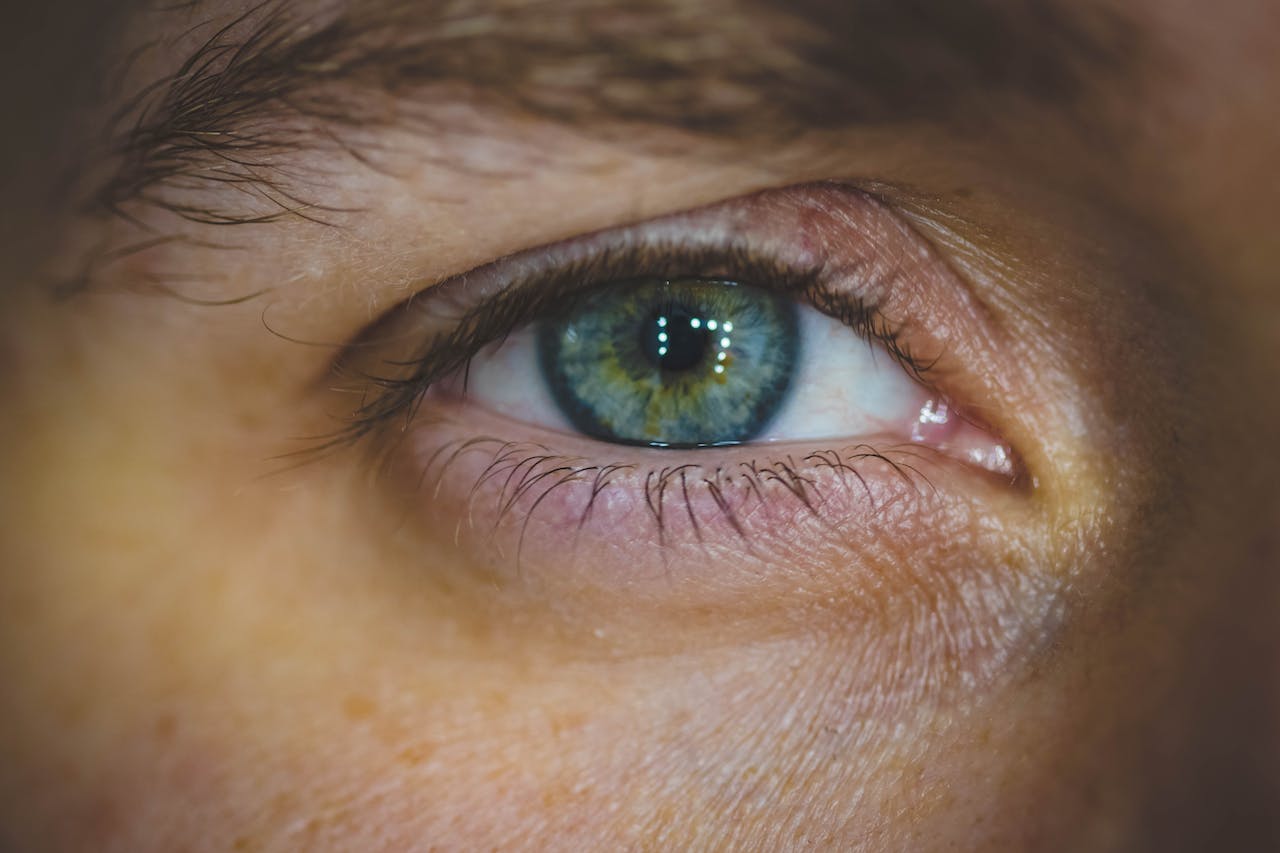By the time you reach your 75th birthday, you’ve got a 50 percent chance of developing cataracts. In fact, over 24 million Americans age 40 and older have cataracts.
Do you have cloudy eyes? Are you having difficulty seeing? It might be time for an eye exam.
Keep reading for a guide to cataract symptoms and what steps to take next.
What Are Cataracts?
Your eye has a lens, a little like a camera. When the lens clouds up, that’s a cataract. You can’t see through a cloudy lens as well as a clear lens.
Humans are remarkable in their resilience and ability to adjust. At first, most people don’t notice a cataract. You might need a stronger light to read or see things.
As the cataract develops further, it’s more difficult to see well. There are three types of cataracts:
Cortical
Surrounding the central nucleus is the lens cortex. Cortical cataracts occur in this area. They are spoke-like wedges that begin at the edges of the lens and move toward the center.
Nuclear
Nuclear cataracts are most common in aging eyes. They start deep in the center of the lens.
Subcapsular
Subcapsular cataracts form at the back of the lens. If you have diabetes or take high-dose steroids, you’re at risk for this type of cataract.
Cloudy Eyes And Other Signs And Symptoms
When you look in the mirror, do you see cloudy eyes? This is a sign of cataracts. There are other symptoms as well, such as:
- Light sensitivity and even pain due to bright light
- Blurred or double vision
- Dimmed or clouded vision
- Difficulty with night vision
- Seeing halos around lights, especially at night
- Yellowing or fading of colors
- Frequent need for new eyeglass prescriptions
Cataracts develop over time. You may not realize you have any vision loss. After the cataract grows, your symptoms are more noticeable.
Cataract Risk Factors
There are some things that put you at greater risk for cataracts such as:
- Eye injuries
- Obesity
- Diabetes
- Aging
- Excessive sunlight exposure without UV eye protection
- Excessive alcohol consumption
- Smoking
- Long-time use of corticosteroids
- High blood pressure
There is no definitive study on cataract prevention, though certain nutrients may reduce your risk.
Wear 100 percent UV-blocking sunglasses and eat plenty of green vegetables like spinach and kale. Fatty fish containing omega-3 fatty acids may also reduce your risk of cataracts.
Treatment for Cataracts
If you experience any change in your vision see an eye doctor. In the early stages of cataracts, increased lighting and new glasses help with symptoms.
Cataract surgery is a good option for advanced cataracts. The surgeon removes the clouded lens and inserts a clear plastic intraocular lens (IOL).
The surgery takes about 10 minutes, though it takes about 30 minutes for the sedative to wear off.
See Your Eye Doctor
Cloudy eyes are often a symptom of cataracts. Annual eye exams are a good idea for most people, especially after the age of 40.
Don’t wait until your vision is at risk. Keep on top of your eye health as you do your physical health. Eat right, exercise, and avoid smoking and excessive alcohol.
Was this article helpful? Keep reading the blog for other insightful and informative articles.

